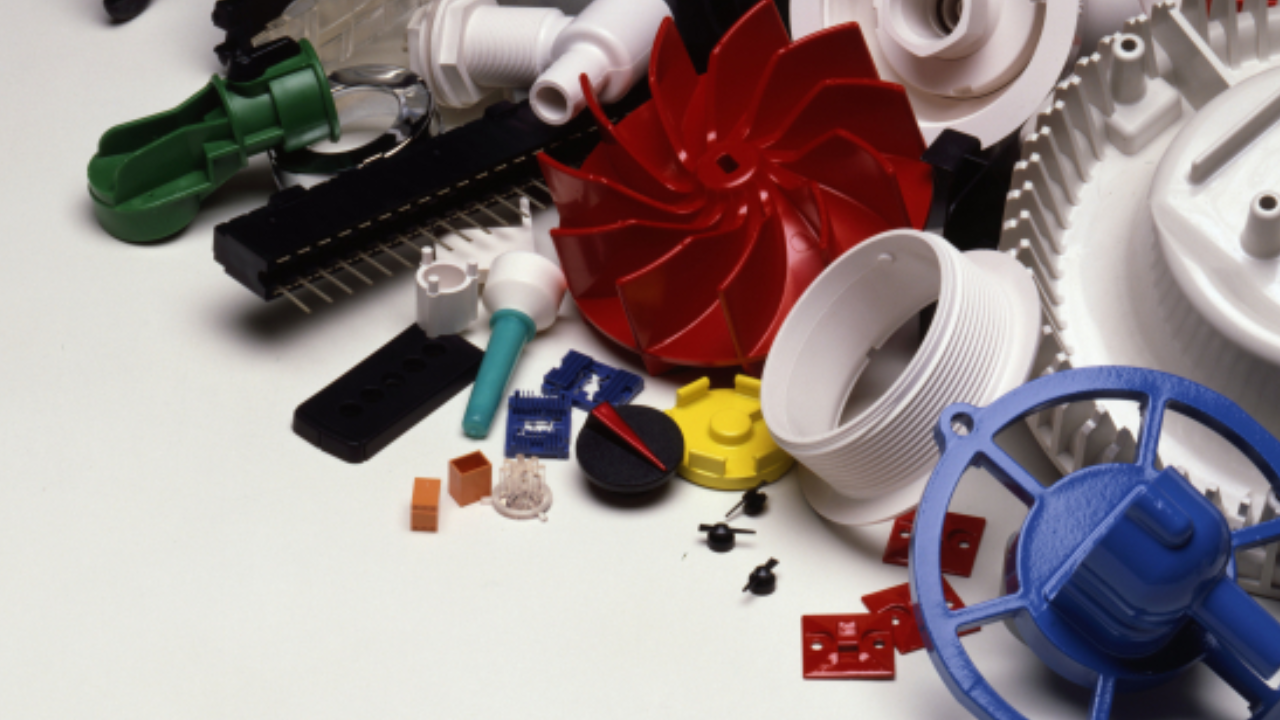Injection molding is a cornerstone of modern manufacturing, allowing the efficient and precise production of a myriad of plastic and metal parts. It provides versatility and scalability for various industries. This article delves into the world of injection molding, specifically exploring the diverse types of injection molding processes.
From conventional injection molding to specialized techniques like micro-molding and overmolding, each method offers unique advantages tailored to specific applications and material requirements. You can click to visit the Kemalmfg platform to make informed decisions to bring their product concepts to life efficiently and effectively.
What is Injection Molding?
Injection molding is a versatile and widely used manufacturing process for producing a variety of plastic and metal parts. It allows for the efficient and precise production of components in large quantities. There are several types of injection molding processes, each tailored to specific applications and materials.
Types of Injection Molding Process
Let us explore some of the common types of injection molding processes.
Conventional Injection Molding
Conventional injection molding is the most widely used method. It involves melting the material (typically plastic) and injecting it into a mold cavity, where it cools and solidifies to form the desired part. This process is used for a wide range of products, including consumer goods, automotive components, medical devices, and more.
Insert Molding
Insert molding is a variation of conventional injection molding where pre-formed components (inserts) are placed into the mold. The molten material then encapsulates the inserts, forming a single integrated part. Insert molding is commonly used for adding features like threaded inserts, connectors, or reinforcement elements to plastic parts.
Overmolding
Overmolding, also known as two-shot molding, involves injecting two different materials in sequential or simultaneous processes. This creates a composite part with distinct layers or sections. Overmolding is often used for adding soft-touch grips, colored accents, or sealing components in products like tools, handles, and electronic devices.
Micro-Molding
Micro-molding is a specialized injection molding process used to create extremely small parts with high precision. It requires specialized equipment and tooling. Micro-molding is used in industries such as medical devices, electronics, and aerospace for producing miniature components like micro gears and connectors.
Gas-Assisted Injection Molding
Gas-assisted injection molding involves injecting molten material into the mold cavity and then injecting a gas (usually nitrogen) to create hollow sections or reduce material usage. This process is employed for manufacturing large, lightweight components with hollow sections, such as furniture and automotive parts.
Reaction Injection Molding
Reaction injection molding uses a combination of liquid components that react and solidify when mixed. It is often used for producing polyurethane and epoxy parts. RIM is utilized for making durable, impact-resistant components like bumpers, panels, and cases.
Structural Foam Molding
Structural foam molding is similar to conventional injection molding but with the addition of a chemical blowing agent. This creates a foam core within the part, reducing material usage and weight. Structural foam molding is employed in applications where lightweight, rigid parts are required, such as large panels, furniture, and enclosures.
Co-Injection Molding
Co-injection molding, also known as multi-material or multi-component molding, involves injecting multiple materials into the mold simultaneously or sequentially to create a part with distinct layers or properties. This process is used for manufacturing items with specific surface finishes, barrier properties, or multi-color designs.
Liquid Silicone Rubber (LSR) Molding
LSR molding is a process for creating parts from liquid silicone rubber, which cures when heated. It is known for its flexibility, resistance to extreme temperatures, and biocompatibility. LSR molding is widely used in medical devices, automotive components, and consumer goods.
Bi-Injection Molding
Bi-injection molding involves injecting two different materials into the same mold to create parts with distinct layers or properties. This process is used for producing items with a combination of materials, such as soft-touch grips on rigid components or multi-colored designs.
Ending Remarks
Each of the injection molding processes offers unique advantages and is chosen based on the specific requirements of the end product, material properties, production volume, and cost considerations. Injection molding continues to be a foundational method in various industries, facilitating the mass production of a wide range of products.
